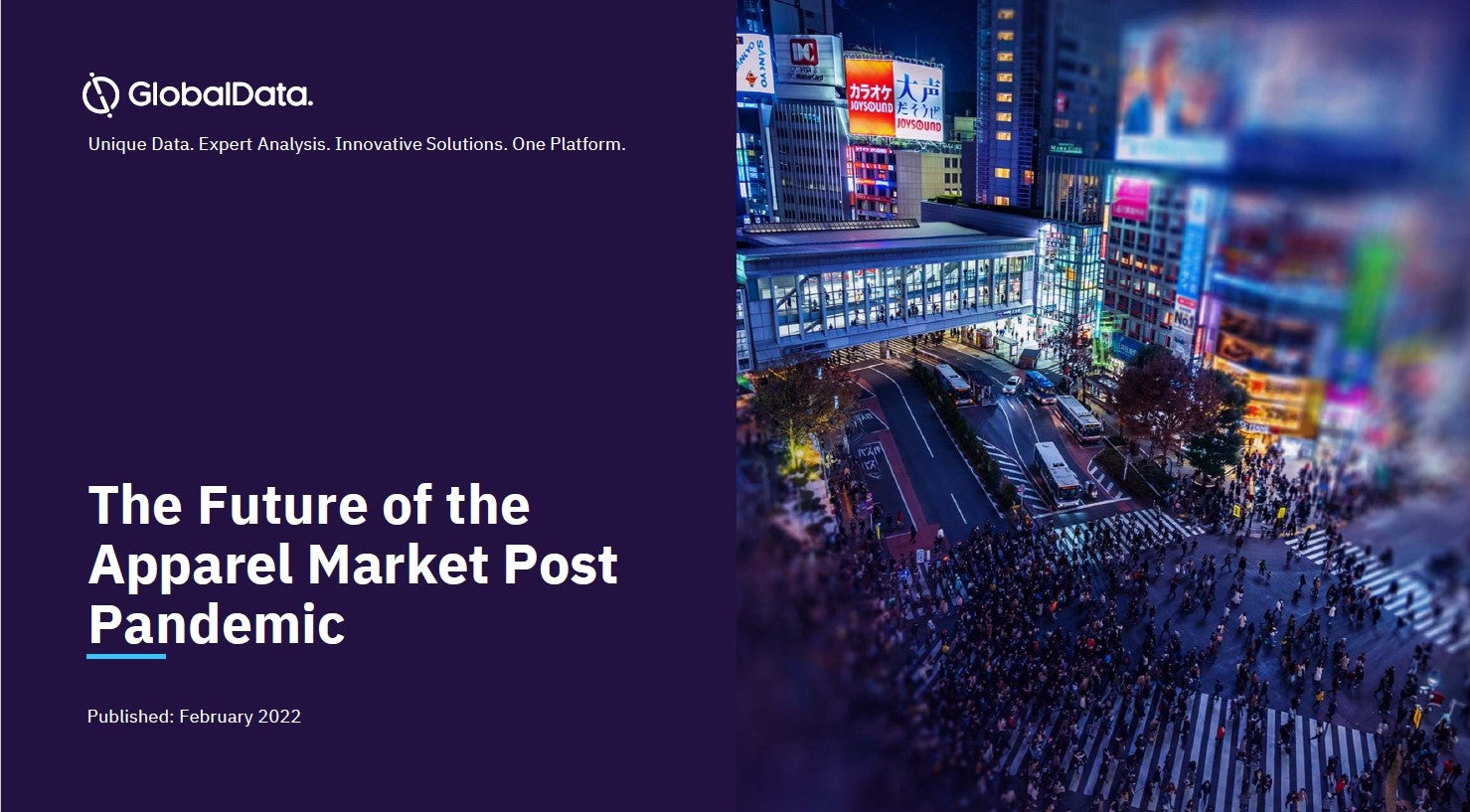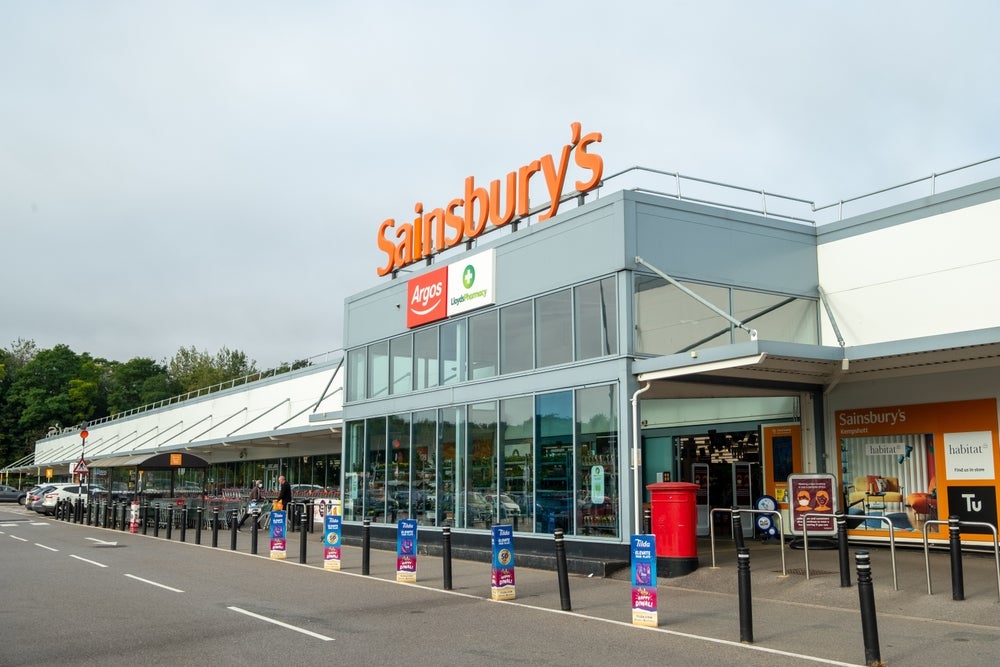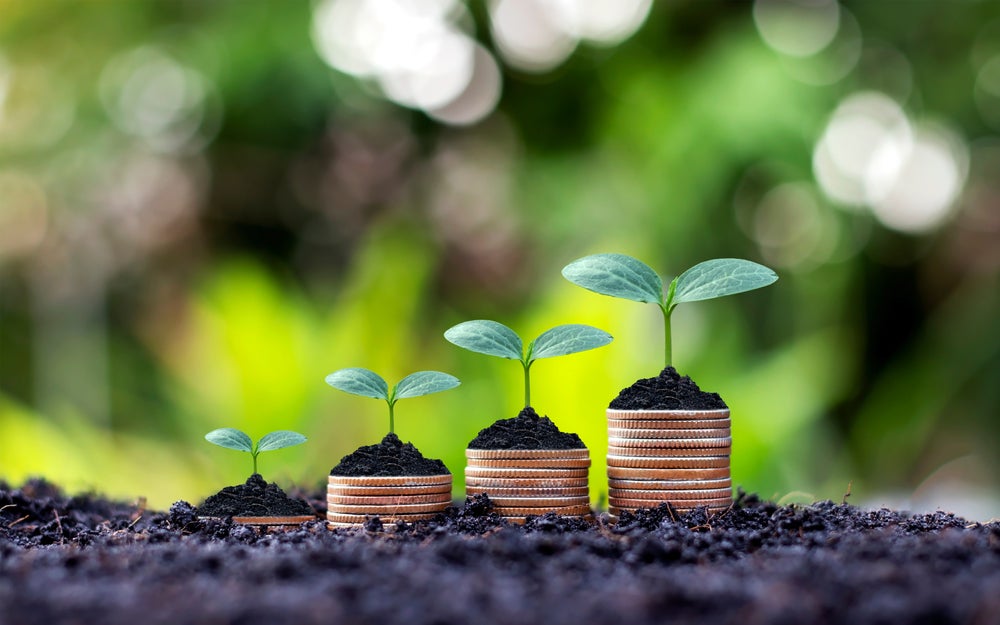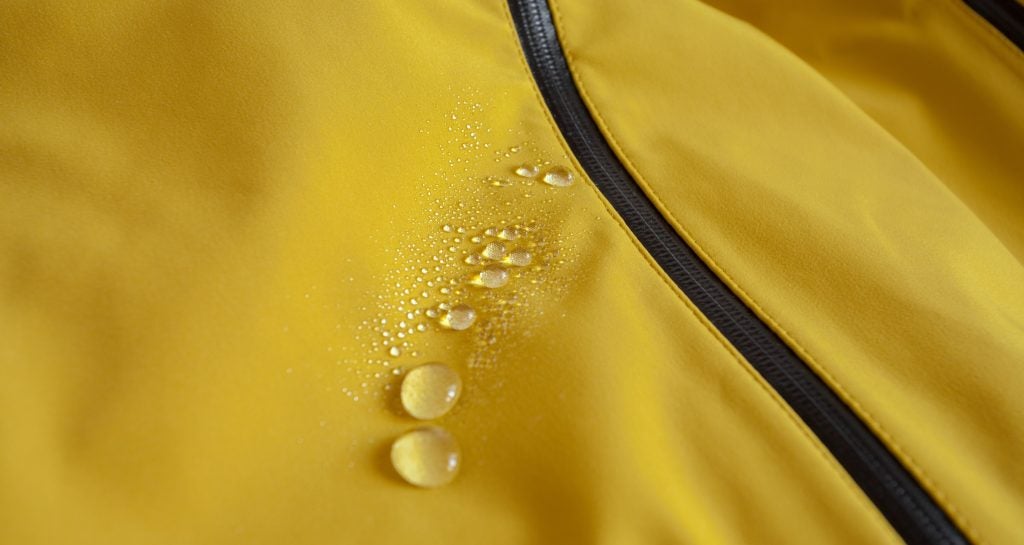
As disheartened members of this supply chain, and as optimistic consumers, we commit to being part of the 20% – the minority demanding and developing, launching, and implementing new and sustainable innovations and standards up and down the supply chain. By Robert Antoshak, managing director of Olah Inc, and April Kappler, consultant to the cotton and textile supply chain.
Thomas Hobbes, the 17th Century English philosopher, once said that human existence was “solitary, poor, nasty, brutish and short.” In these Covid-filled days, it’s hard not to share that sentiment.
It’s a grim time, and it will take years for society to recover. More so, the Covid-19 pandemic has forced many companies throughout our supply chain to reevaluate priorities, while many more have little choice but to fight for survival.
Tough decisions
At the same time, decisions made years ago by many brands and retailers regarding sourcing and globalised supply chains have been called into question. What worked in the past, struggles today – with environmental damage and human misery in its wake. A harsh legacy, for sure, but this past provides a well-defined roadmap for future industry leaders to consider when planning their next collections and business deals.
How well do you really know your competitors?
Access the most comprehensive Company Profiles on the market, powered by GlobalData. Save hours of research. Gain competitive edge.

Thank you!
Your download email will arrive shortly
Not ready to buy yet? Download a free sample
We are confident about the unique quality of our Company Profiles. However, we want you to make the most beneficial decision for your business, so we offer a free sample that you can download by submitting the below form
By GlobalDataSee Also:
Today, without a steady stream of customers, many retailers have been forced to make tough choices regarding whether to pay rent or suppliers. Of course, such decisions are made with business efficiencies in mind, although the ethical efficacy of these decisions is particularly relevant when considering a global workforce.
A case in point: failing to pay one’s suppliers is to doom many thousands, if not millions, of workers to lost employment, heartache and poverty. Of course, retailers have also faced the prospect of furloughing thousands of employees in their stores. So the pain reaches far and wide and deep.
On the cutting room floor
It’s a lousy situation brought about by an unseen enemy that has not only derailed our industry but has also magnified the impact of decisions made years before the pandemic.
Take sustainability, for instance. For many companies, more sustainably manufactured products were the “real deal” with a promising future. It meant something. Many people in the supply chain wanted to lessen the impact of our industry on the planet and the environment. They wanted to make a difference.
For many others, however, sustainability was little more than slick marketing to greenwash consumers. Even so – in these days of cost-cutting and survival – we worry sustainable programmes may be slashed or discarded like so many cuttings on a factory floor.
“The disjointed, unlevel response to the pandemic globally reminds us that, contrary to optimistic belief, we are, in fact, not in this together”
But the problems faced by Mother Earth will continue regardless. And now, more then ever, our industry has a responsibility that even once Covid passes, to speed up our commitment and actions to cleaning up our self-induced environmental mess, a disaster created by fast fashion and indiscriminate consumerism.
Forward to Exceptional
So has this pandemic brought enough of us to our knees for humans to change, to shed the construct of “back to normal?” Normal is overproduction, environmental devastation, human agony – all in an effort to keep up with a demand-production loop of making and buying cheap products that consumers don’t really need but have been trained to believe they do. And we all have unexpectedly hit the bottom of this spiral.
This is a wake-up call for our industry. How many of us will it take to form a critical mass to demand change, learn from the past errors, and replace the old with a new industrial philosophy of moving “forward to exceptional?”
Earth has been sending us signs for years that she’s in charge. Despite her control, we have adapted and learned how to use her resources to our advantage – to build empires, trade routes, financial riches, medicines, weapons and wars, inequities and injustices.
A pandemic is her latest, and economically most significant, attempt to put the human species in our place. She had also placed us on notice: we need to get our collective act together. Now. Not next season. Now.
How many of us choose to rise more conscientiously towards change ahead, rather than a retreat to the past? The textile supply chain has a moment to lead, to guide consumers while doing good for the Earth. There is a parallel path to embracing historical human progress with Earth’s imperative for survival.
Here we were
Traditionally, clothing our bodies was for survival. Yet somehow, we evolved into demanding a barrage of seasonal, quick-turn, tossable garments – which has contributed on a massive scale to the degradation of Earth and her systems. All in the name of fashion?
The environmental catastrophe is breathtakingly awful, while the human disaster is merely a given. We can and have to do better. Indeed, we have built a globally stressed supply chain with human lives caught up in the vortex.
Picture a struggling farmer fighting depleted soil to yield, or a garment worker in an unsafe factory, or the indigo-stained skin of a textile dyer, or even a C-suite executive trying to squeeze margins and deliver “today’s style” two years in advance. These are all examples of our industry’s effect on the human condition – a declining state of affairs.
Here we are
This human-developed textile supply system was already balancing precariously. Earth simply tipped us completely over in the last number of months. Let this be our (very much forced) global reckoning.
“20% of our effort, 20% of humans, or 20% of an industry can result in 80% of output, change, redesign, productivity or innovation”
The disjointed, unlevel response to the pandemic globally reminds us that, contrary to optimistic belief, we are, in fact, not in this together.
Moreover, we just need enough, a critical mass of us – as humans and as an industry – to be agents for sustainable change. Let’s shoot for 20%. Just one out of five humans on Earth – of every link in this chain – needs to turn a hard, sharp, and irreversible corner – through small, thoughtful changes up to exceptional, systemic overhaul.
Here we go – or don’t
It’s not an arbitrary number, 20%. In the 19th Century, Italian engineer Vilfredo Pareto postulated what has come to be known as “Pareto’s 80/20 principle of distribution.” Based on observable results, the Pareto principle consistently proves that 20% of our effort, 20% of humans, or 20% of an industry can result in 80% of output, change, redesign, productivity or innovation.
In effect, 20% of human endeavours result in most of society’s forward momentum. The remaining 80% of activity, however, will typically gravitate towards “back to normal,” or a form of status quo rejecting difficult-to-avoid, life-changing trends generated by times of rapid change and societal stresses, such as those in which we live now.
Here’s an industry example. A recent webinar with retailers, brands, and property managers discussed re-opening brick and mortar in innovative ways. But instead of formulating creative and progressive approaches, it showcased companies hyper-focused on the near-term of catching up, clearing out, and going back to the seasonality and drudgery of the supply chain that came tumbling down just a few months ago.
They can’t be faulted for wanting to re-launch their businesses quickly. But these are the 80% of the industry (and their consumers) that will demand a return to the routine churn of the fashion supply chain due to ingrained behaviour, or frivolity, or tradition, or discounting, or all of the above. They want to return to some perceived “normal.” Only what was practiced in the past may no longer be possible moving forward.
As disheartened members of this supply chain, and as optimistic consumers, we commit to being part of the 20% – the minority demanding, and driving, thoughtful change.
Getting there
Sustainability needs to become an ingrained and leaned upon leg of life and business. We have been saying this – and many have been implementing this – for years. Decades ago, our country watched its textile industry evaporate into overseas supply chains.
While open borders, cultural exchange, and trade are incredible advancements for humanity, Earth has suffered dearly and now calls for change. Not on our schedule, but rather according to her imperative to survive.
“Businesses that haven’t felt the pull to clean up their supply chains in the last number of years are now, instantly behind-the-curve”
Businesses that haven’t felt the pull to clean up their supply chains in the last number of years are now, instantly behind-the-curve. Innovators in the previous few years that have been re-shoring or localising their supply chains are well-positioned.
Larger companies have created redundant, vertically integrated dirt-to-shirt operations in multiple localities to reach the proximal consumer with regionally-available materials, mostly in-time. If disaster strikes (again) and a facility goes down, the redundant facility in another region of the world can pivot to becoming a global production hub.
In turn, smaller companies have “hyper-localised” their supply chains to create their collections with near-sourced inputs and designers to maximise speed to market in “creative clusters” – eliminating the need for supply chains spanning thousands of miles and an ensuing environmental impact.
These changes are rooted in the sustainability of the business and in coordination with Earth’s resources.
But how?
As consumers, we can commit to buy less and buy better, repair rather than replace, and be willing to pay a little more and wait a little longer to add a staple to our curated collection. Of course, many consumers don’t share our sentiments; price, accessibility, and perceived quality are still preferred, as low-cost outweighs anything else.
The health of the Earth? For many consumers, it’s too foreign and intangible; someone else can deal with it for the rest of us – politicians, NGOs, and environmentalists. What is reported repeatedly on the news is simply an abstract overblown concept and for some self-serving objective. It’s a cynicism pervasive throughout our society today.
Nevertheless, contrary to tradition, how do brands, retailers and their supply chains, influence and guide a mindset change within consumers – rather than being stuck in a reactionary-loop of only being responsive to what a consumer (thinks they need but most likely) wants, at that moment? How does (just 20%) of our industry create beautiful, functional garments, with enough design-evolution built into the piece itself, to allow consumers to re-use and re-invent that garment, rather than replace it with a new trend?
Necessarily, such radical innovation will require the buy-in of an enlightened, motivated consumer minority to start. For instance, incentivise local or regional production and encourage circularity. And then spread and cross-pollinate around the world: regional production propagated globally.
Idealist, naive, impossible? Perhaps. But such thinking is necessary in a post-Covid world.
And who?
For brands and retailers, secure buy-in from stakeholders and board members. After all, they’re your consumers too! Identify the 20% of your partners that you can seat at the head of your table; people who understand that the search for profit may need to be deemphasised slightly to allow curiosity, innovation, trial and error, play, redesign, overhaul, massive evolution to take place.
And allow for space at the table for a diversity of voices, including those who lag in the adoption of sustainability as a business imperative – the 80% – as their input will be valuable too. Their knowledge of “the way it was” is incredibly powerful and necessary.
But most importantly, call us: the helpers that are behind the scenes (and seams). The non-profits, the NGOs, the incubators, the textile schools, the chemists, the innovators, the designers, and the agencies that are all devoted to helping businesses find ways to reduce their global impact while delivering goods that consumers need and want.
We are already part of the 20% developing, launching, and implementing new and sustainable innovations and standards up and down the supply chain. We are the optimistic consumers who also happen to be the tireless agents for change.
Your agents already exist. We are the helpers, your current (and future) board members, shareholders, staff and consumers. We simply await your call. Because Earth has called. We as humans have been reminded that we are stewards on this planet, and we have been handed a moment to pause and reflect on how we’ve gotten here.
What may begin as radical, incremental changes asserted by a small critical mass of the supply chain can trickle down over time into an established practice. The industry’s commitment will become the consumer’s commonplace.
This is an impossible ask from those in the majority wishing to return to normal. But for those in the minority, it is an exciting possibility – an exceptional forward.









Related Company Profiles
Olah Inc.
Pareto AS